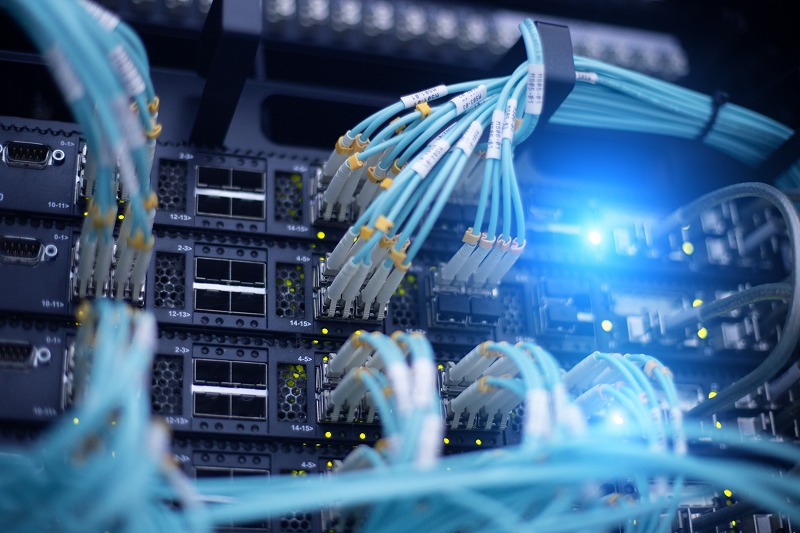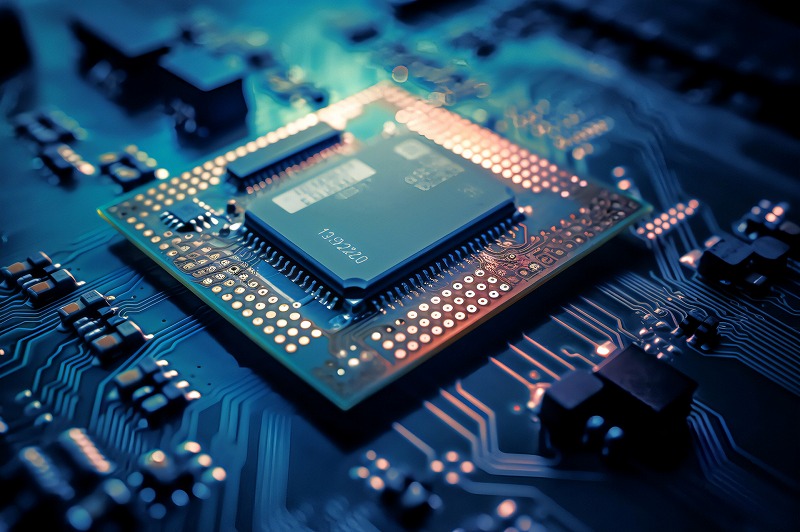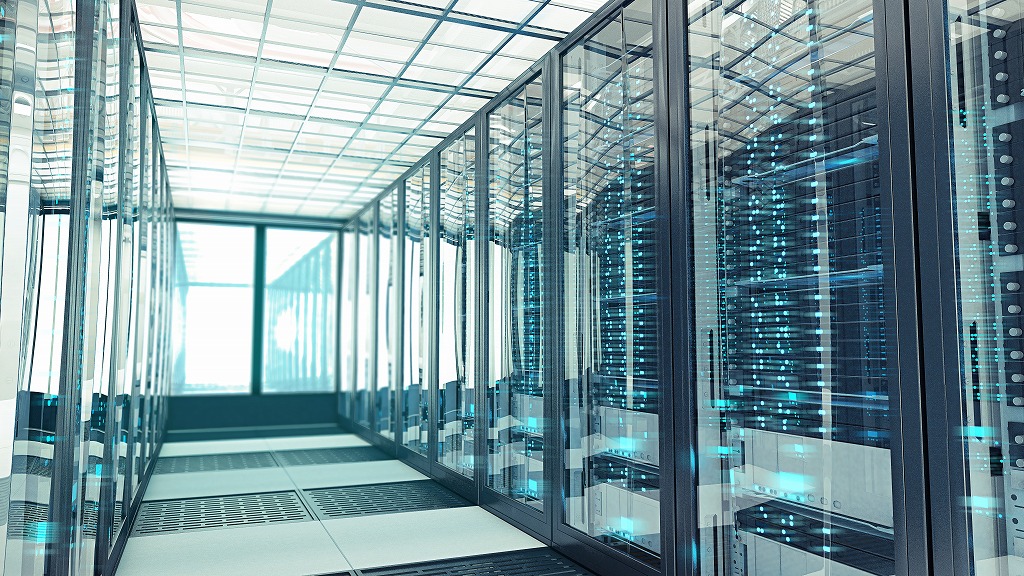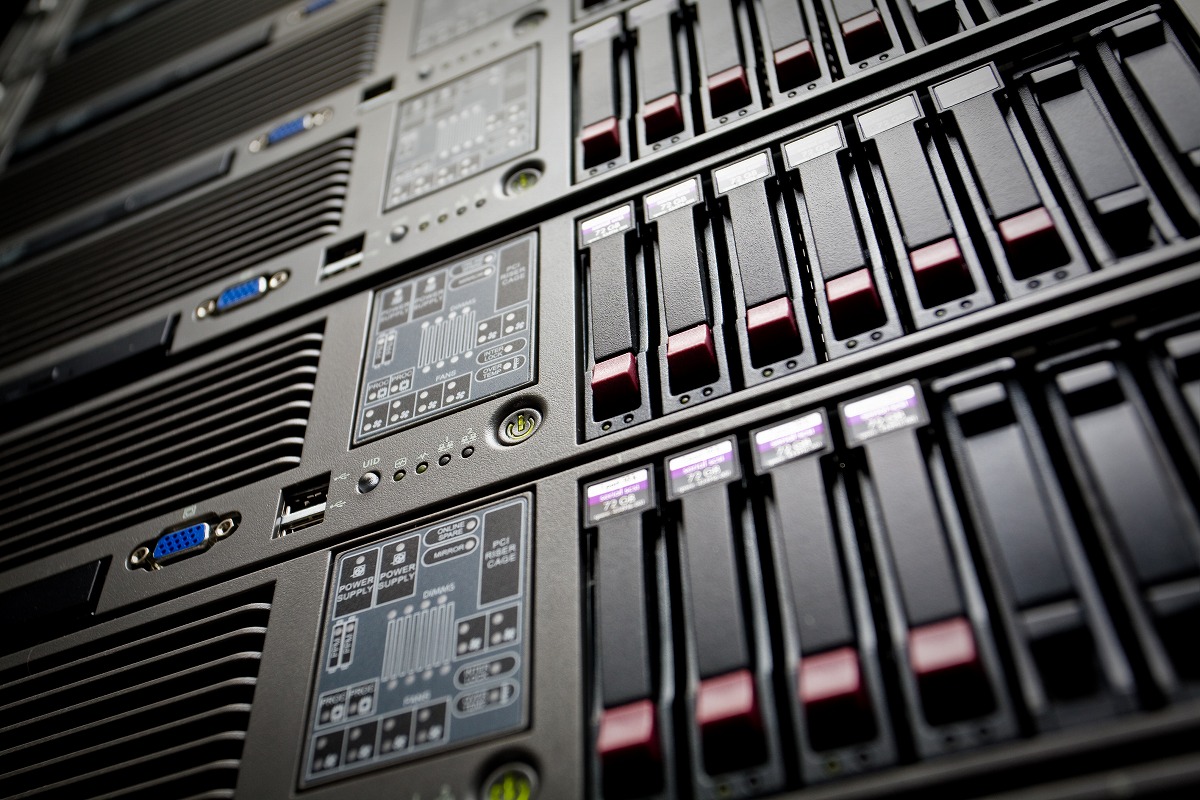
Archive
The global market for data center liquid cooling is projected to reach US$2.6 billion to US$7.8 billion during the forecast period (2023-2028), at a compound annual growth rate (CAGR) of 24.84%.
According to the latest study, among the various regions of the world, Asia Pacific is expected to be the fastest growing region in the data center liquid cooling market during the forecast period. There is a growing awareness of the value of sustainable practices and green data centers in Asia Pacific.
What is a liquid cooling system?
In order to reduce greenhouse gas emissions from data centers, green data centers are being built using renewable energy and the development of energy efficient solutions is accelerating.
According to current estimates, data centers consume about 3% of the world’s total electricity, and nearly all of the energy used in data centers is related to cooling.
Liquid cooling systems use water or other liquids to directly cool servers and other equipment in data centers. These systems are more efficient than air-based cooling systems, but require specialized equipment and maintenance. Cooling is essential for data centers to ensure that equipment operates at optimal temperatures and avoids overheating that can lead to system failure and data loss.
Background to the expansion of the liquid cooling market
Advances in technology have made liquid cooling easier to maintain, easier to expand, and more affordable. As a result, liquid usage has been reduced by more than 15% in built-in hot and humid climate data centers and 80% in cooler regions. The energy dedicated to liquid cooling can be recycled to heat the building and water, and the application of advanced engineered coolants can effectively reduce air conditioning’s carbon dioxide emissions effectively.
2023.09.27
The edge data center market is expected to expand significantly at an estimated compound annual growth rate (CAGR) of 22% from 2023 to 2031.
According to Research And Markets, this surge is attributed to the growing need for low-latency data processing and storage solutions. Edge data centers are in close proximity to end users, which speeds data processing and reduces network congestion.
The main drivers for this are the growing population, rising trends in smartphone usage, and the push for smart cities in Asia Pacific, especially in China, Japan, and India, which are fueling demand for edge data centers. In addition, the growing adoption of cloud services and the expansion of e-commerce are also contributing to the rapid market growth in Asia Pacific.
In India, Indian digital technology company Varanium Cloud announced in February that it will launch its second edge data center under its Hydra brand in Kudal, Sindhudurg, Maharashtra, India.
According to the company, the edge data center will be housed in a shipping container to enhance accessibility and enable effective data sharing and communication in even the most remote areas of the country. They are also small and portable, allowing them to be easily transported to any location in the country.
What is the Edge Data Center?
Edge data centers are data centers that are located in close proximity to each other to prevent network latency and enable low-latency processing.
The advantage of an edge data center is that it does not require the development of a wide-area communications network and provides strong security.
When connecting to an edge data center via the Internet or other means, the use of edge servers is effective. Placing the contents as close to the site as possible stabilizes the communication path and prevents delays by using a roundabout communication path.
Status of Edge Data Center Utilization
In general, edge data centers are favored by telecommunications companies because of their latency capabilities with end users, but they have also become essential in many other areas.
In the healthcare industry, electronic medical records have been increasingly adopted and vast amounts of patient data have been accumulated. Edge data centers are being utilized to store this vast amount of data and manage the information at a high level of security.
By utilizing edge data centers, appropriate medical care can be provided without communication delays.
In the financial industry, edge data centers enable smooth transactions without delays. More profit can be gained by processing large amounts of data and ensuring secure communications.
IoT devices, which are hardware programmed for specific applications and transmitting data, are also active subscribers, especially in time-critical scenarios. Even in manufacturing, where predictive maintenance exists, edge equipment can help improve inventory management efficiency.
Contributes to decentralized edge data center communications
The number of people teleworking has increased due to COVID19 and online communication, such as web conferencing, has become more common.
The ability to work remotely has led to an increase in communication traffic around the world. The increase in the number of companies offering subscriber services has also contributed to the increase in the scale of personal communication.
Against this backdrop, the expansion of data centers is evolving as communications are concentrated in large data centers. However, unipolarization of communication destinations can have a significant impact on social infrastructure in the event of a disaster.
Edge data centers are attracting attention, perhaps partly for the purpose of contributing to the decentralization of communications.
Toward the Expansion of the Edge Data Center Market
Edge computing is necessary for building a high-speed, latency-free communication environment. It is important to design a network that successfully combines cloud computing and edge computing.
Companies and service providers working on IoT will need to consider building a new infrastructure environment based on a good understanding of the characteristics of edge data centers.
2023.09.15


 JA
JA





